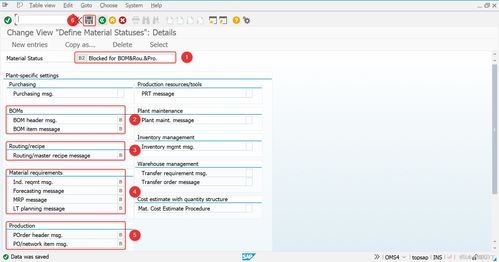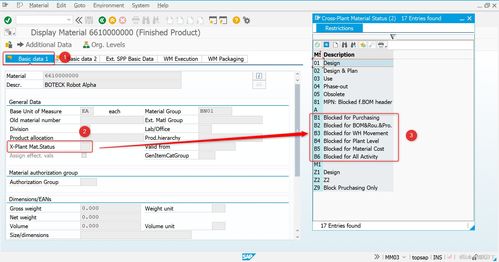
Understanding OMS: A Comprehensive Guide
OMS, or Order Management System, is a crucial tool for businesses across various industries. It streamlines the process of managing orders, from initial placement to final delivery. In this detailed guide, we will explore what OMS is, its key features, and how it benefits different types of businesses.
What is OMS?

OMS is a software system designed to manage the entire lifecycle of orders. It encompasses various processes, including order entry, order processing, inventory management, shipping, and customer service. By centralizing these functions, OMS helps businesses improve efficiency, reduce errors, and enhance customer satisfaction.
Key Features of OMS

Here are some of the key features of an OMS:
| Feature | Description |
|---|---|
| Order Entry | Enables businesses to receive and process orders from various channels, such as phone, email, or online platforms. |
| Order Processing | Automates the process of fulfilling orders, including picking, packing, and shipping. |
| Inventory Management | Helps businesses track inventory levels, manage stock, and prevent stockouts. |
| Shipping and Delivery | Facilitates the tracking of shipments and ensures timely delivery to customers. |
| Customer Service | Enables businesses to provide excellent customer service by tracking order status and resolving issues promptly. |
Benefits of OMS

Implementing an OMS can bring numerous benefits to businesses, including:
-
Improved Efficiency: OMS automates various processes, reducing manual labor and minimizing errors.
-
Enhanced Customer Satisfaction: By providing timely and accurate order updates, OMS helps businesses deliver a better customer experience.
-
Cost Reduction: OMS helps businesses optimize their operations, leading to lower costs and improved profitability.
-
Scalability: OMS can easily adapt to the changing needs of a growing business.
Types of OMS
There are several types of OMS, each tailored to meet the specific needs of different businesses. Here are some common types:
-
On-premise OMS: Installed and maintained on the business’s own servers.
-
Cloud-based OMS: Hosted on a cloud platform, accessible from anywhere with an internet connection.
-
Open-source OMS: Available for free, with customizable features.
-
Custom OMS: Designed specifically for a business’s unique requirements.
Choosing the Right OMS
Selecting the right OMS for your business depends on various factors, such as your industry, business size, and specific needs. Here are some tips to help you choose the right OMS:
-
Assess your business needs: Identify the key features and functionalities you require in an OMS.
-
Research available options: Look for OMS solutions that align with your business needs.
-
Consider scalability: Choose an OMS that can grow with your business.
-
Compare pricing: Evaluate the cost of different OMS solutions and choose the one that offers the best value for your money.
Conclusion
OMS is a powerful tool that can help businesses streamline their order management processes, improve efficiency, and enhance customer satisfaction. By understanding the key features, benefits, and types of OMS, you can make an informed decision when selecting the right solution for your business.






